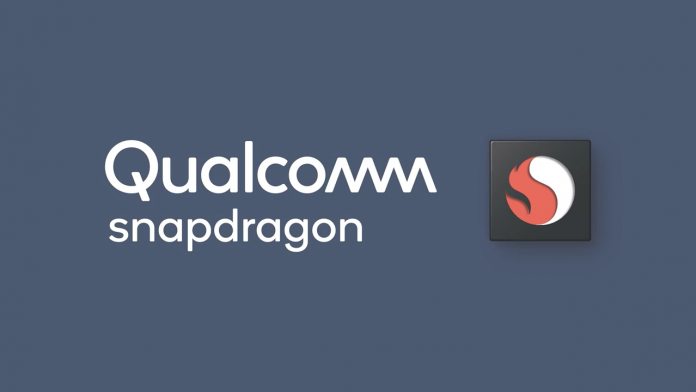Windows on ARM has been something of a disaster since making its debut in 2017. At the time, Microsoft signed an exclusive deal with Qualcomm but Windows machines running ARM have not been successful. As that exclusive deal draws to an end, Qualcomm is putting the blame of the failure on OEMs.
More specifically, the mobile chip giant claims OEMs simply got too greedy by charging over $1000 for a Windows on ARM device.
“One of the points that we were not satisfied with the early devices was the inadequate pricing,” argues Miguel Nunes , Senior Director, Product Management at Qualcomm, in an interview with Golem.de.
Nunes says OEMs can choose what price they put on their products. However, those OEMs may have felt forced into a higher MSRP because of the cost to purchase Snapdragon 8cx processors. That is the chip that has been powering the Always Connected PC movement. Some reports say the chip costs as much as Intel CPUs, but without the same performance levels.
Still, the reality is if the devices were awesome, the price tag would not mean anything. Apple is not having trouble shifting Macs that cost thousands running the ARM-based M1 chip. It is a value proposition and not a cost one.
Ongoing Improvement
It is worth noting Microsoft is very much committed to Windows on ARM, including working with more chip companies. Qualcomm too still appears to be backing its Always Connected PC concept, which provides chips for Windows on ARM devices.
In December, the company announced the third generation of the Snapdragon 8cx, promising significant improvements. The new silicon is built on a 5nm process that promises a 40% increase in single-core performance. However, it is the multi-core performance that stands out, 85% better than the previous generation.
GPU performance has 60% gains, and 60% better per watt performance compared to a x86 chip.
Tip of the day: With a single registry tweak, it’s possible to add a ‘Take Ownership’ button to the right-click context menu that performs all of the necessary actions for you. You’ll gain full access to all possible actions, including deletion, renaming, and more. All files and subfolders will also be under your name.
The Take Ownership context menu will set the currently active user as the owner of the files, though they must also be an administrator. They can then enter the folder or modify the file as they usually would.
Last Updated on February 14, 2022 8:17 pm CET by Markus Kasanmascheff






